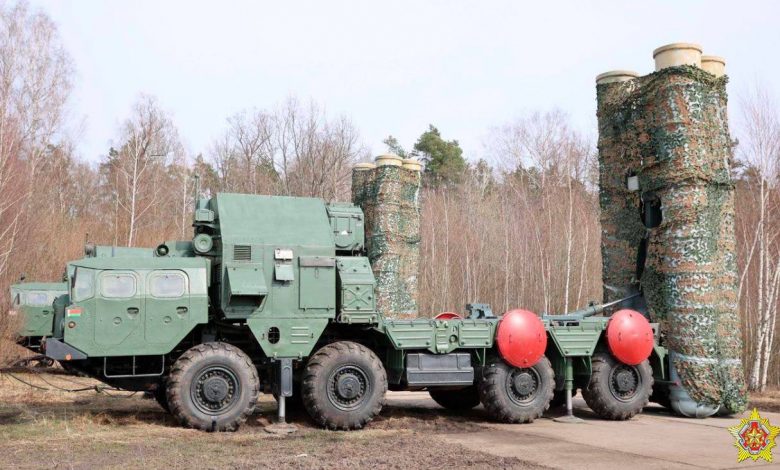New anti-aircraft missile regiment formed in Belarus near Ukraine

Belarus has announced to have formed a new anti-aircraft missile regiment in the Brest region.
The press service of the Ministry of Defense of the Republic of Belarus reports about this.
The newly created military unit is located in the city of Luninets, not far from the Rivne region of Ukraine.
The statement emphasized that during the formation of the regiment, special attention was paid to the creation of modern military infrastructure and educational, as well as material bases.
The photos published by the Ministry of Defense of Belarus feature the S-300PS anti-aircraft missile systems which were probably adopted into service with the new regiment.
This military unit is likely to receive more modern Russian-made air defense systems.
It may also be the S-400 air defense system, which Belarus put on combat duty at the end of last year.
In December 2022, a batch of Russian-made Tor-M2K surface-to-air missile systems arrived in Belarus.
The batch of weapons was transferred to Belarus and Russia under the intergovernmental agreement on military-technical cooperation.
According to data from open sources, the first delivery of Tor SAM systems to the country took place in 2011.
Recently, Belarus has performed testing of anti-aircraft missiles for the Buk SAM system of its own production. The State Authority for Military Industry of the Republic of Belarus has also released a video featuring testing of the 9M318 missile, which was developed for the Belarusian Buk-MB2 air defense system.
At the time, it was stated that the 9M318 missile allowed the zone of inflicted damage to expand up to 70 km. During the tests, the missile hit a UAV with a turbojet engine.





